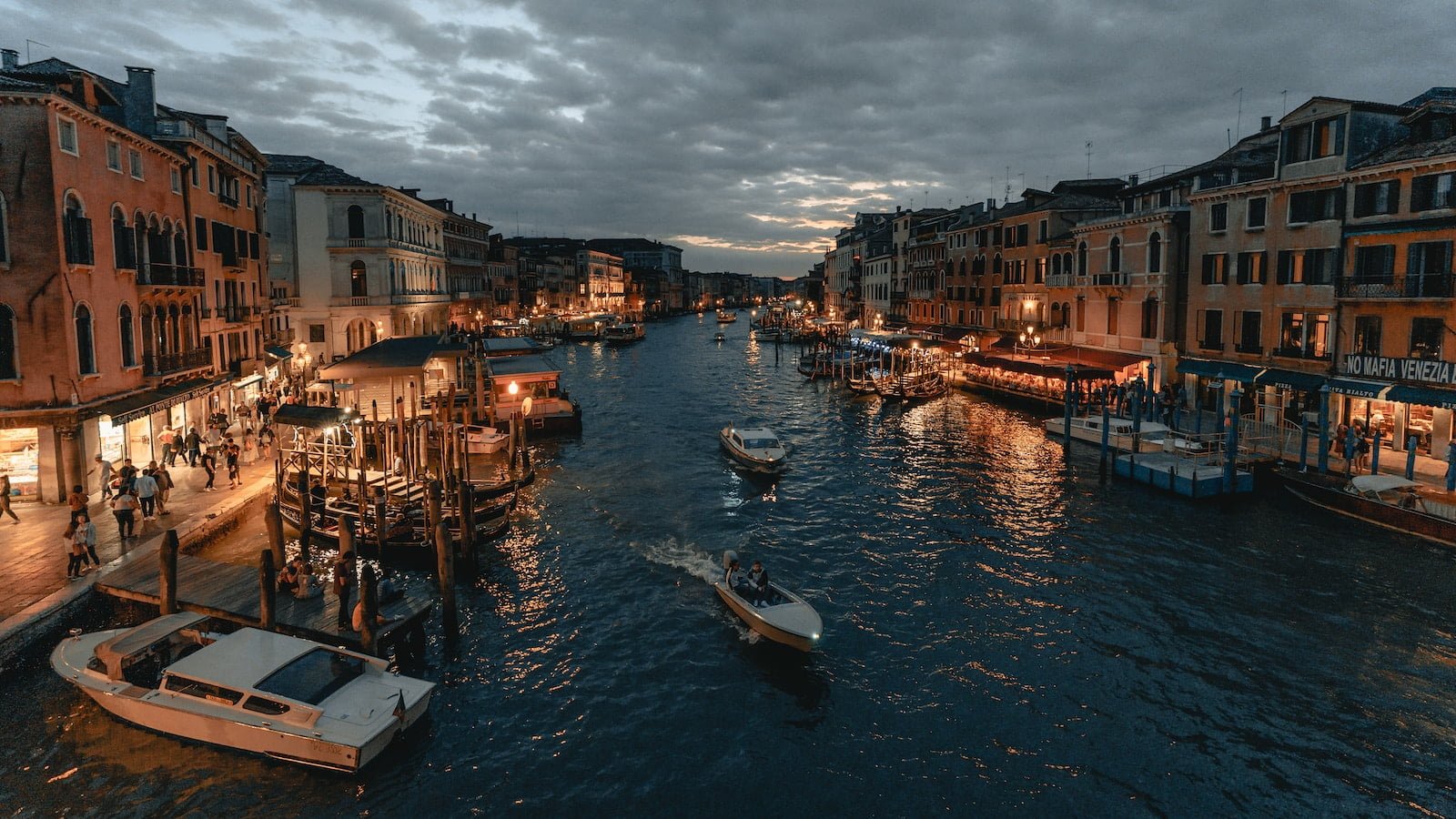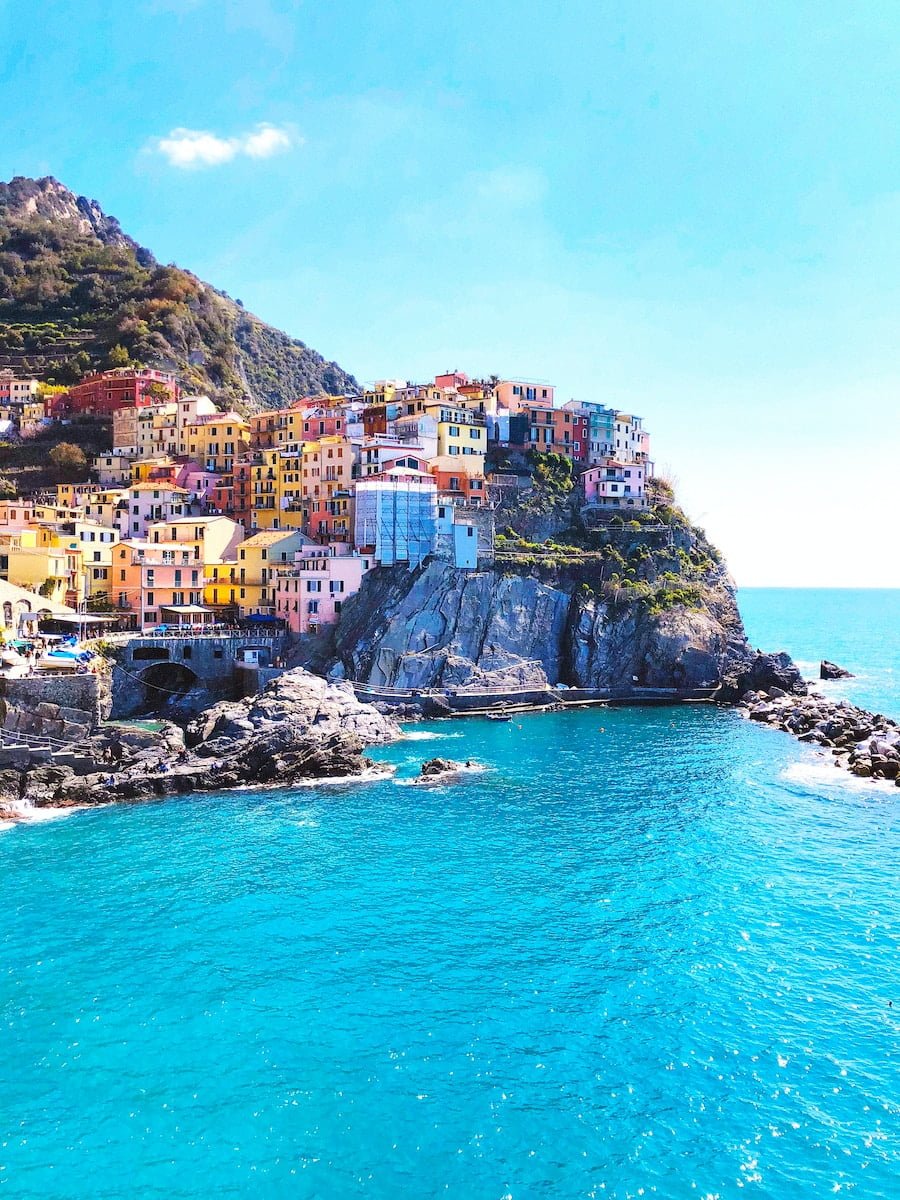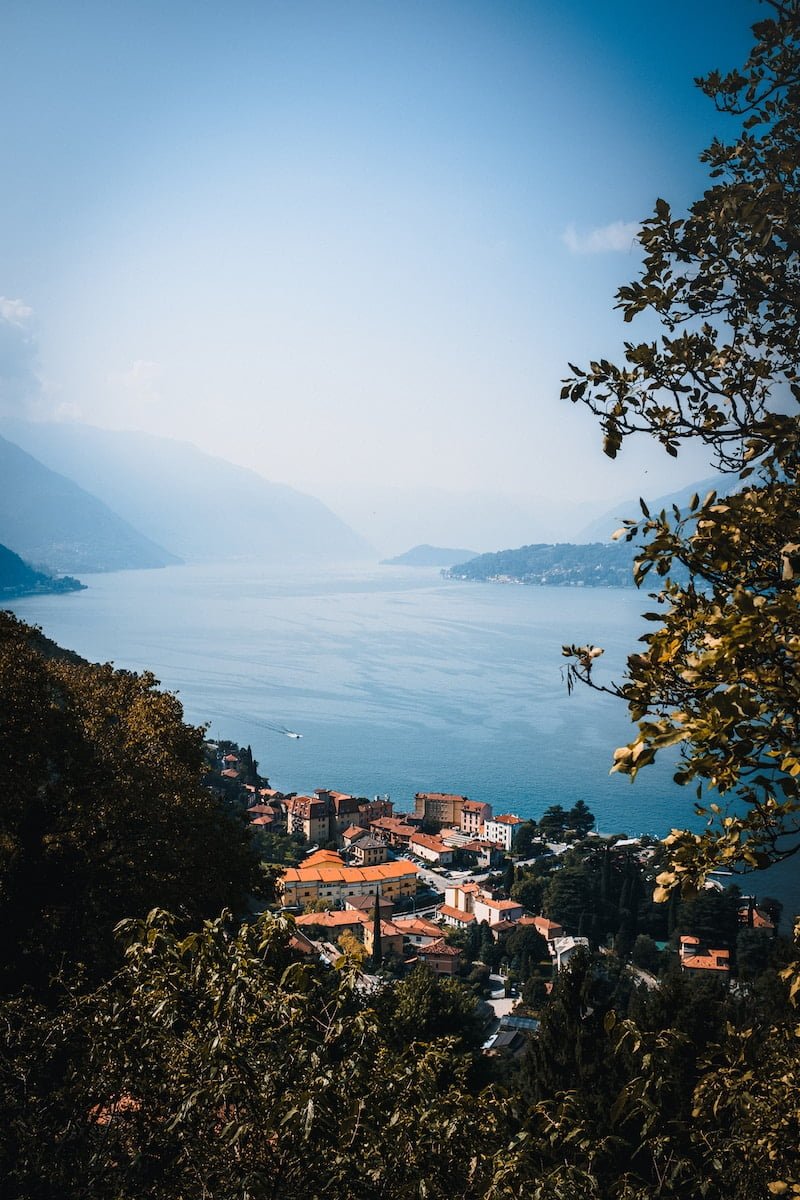As you wander through the timeless city of Rome, it’s impossible to ignore the tangible sense of history and spirituality that permeates every cobblestone street. Amidst this cityscape, the Basilica of Saint Mary Major, or the Basilica di Santa Maria Maggiore, shines as one of Rome’s four major basilicas and a unique testament to early Christian Rome. This in-depth article will provide a comprehensive look at this architectural gem, exploring its history, architectural splendors, and significance to both Rome and the wider Christian world.
The Historical Significance of the Basilica di Santa Maria Maggiore
Constructed in the 5th century, the Basilica of Saint Mary Major holds the honor of being the largest Catholic Marian church in Rome. It’s often referred to as ‘Our Lady of the Snows’ owing to the legendary miracle associated with its foundation. According to the tale, the Virgin Mary appeared in a dream to a Roman patrician, instructing him to build a church where snow would fall in the middle of summer. Miraculously, on August 5, a day of sweltering heat, snow fell on the Esquiline Hill, marking the spot for the construction of the basilica. Today, every August 5th, the miracle is commemorated with a charming ceremony of white petals showering from the basilica’s coffered ceiling.
Architectural Highlights of the Basilica of Saint Mary Major
Although the basilica has undergone changes throughout centuries, it retains its original structure, boasting a magnificent blend of architectural styles. Here are some of its most striking features:
The 5th Century Mosaics
The Basilica di Santa Maria Maggiore houses one of the most complete and stunning collections of 5th-century mosaics. These mosaics adorn the nave and triumphal arch, depicting Old Testament stories and the infancy of Christ. They’re remarkable examples of early Christian art that provide valuable insights into the religious iconography of the period.
The Sistine Chapel and Pauline Chapel
Not to be confused with the Sistine Chapel in the Vatican, the Basilica’s Sistine Chapel is an opulent space commissioned by Pope Sixtus V in the late 16th century. Similarly, the Pauline Chapel, dedicated to the feast of the Assumption of Mary, features impressive frescoes by the artist Guido Reni.
The Borghese Chapel and Salus Populi Romani
The Borghese Chapel, commissioned by Cardinal Scipione Borghese in the early 17th century, is a stunning Baroque addition to the church. It houses the revered icon of Salus Populi Romani, or ‘Protectress of the Roman People,’ believed to have been painted by Saint Luke the Evangelist.
The Coffered Ceiling
The basilica’s coffered ceiling, gilded with the first gold brought back from the Americas, is a breathtaking sight. This grand addition by Pope Alexander VI is a testament to the importance of the basilica during the Renaissance.
The Spiritual Significance of the Basilica of Saint Mary Major
Apart from its architectural grandeur, the Basilica of Saint Mary Major holds a special place in Christian devotion as a Marian shrine. It’s also the site of an annual feast, the Assumption of Mary, held on August 15th. Throughout history, popes, pilgrims, and devotees have visited the basilica, adding to its spiritual significance and cultural richness.
The Basilica of Saint Mary Major, a Testament to Time
The Basilica of Saint Mary Major stands as a beautiful testament to Rome’s rich history, its diverse architectural styles echoing the centuries it has witnessed. Whether you’re a history enthusiast, an art lover, or a spiritual pilgrim, the Basilica of Saint Mary Major in Rome offers an enriching and immersive experience. As you stand beneath its gilded ceiling, walk its ancient nave, and admire the centuries-old mosaics, you’ll truly feel the timeless beauty and spiritual resonance of this Roman jewel.



